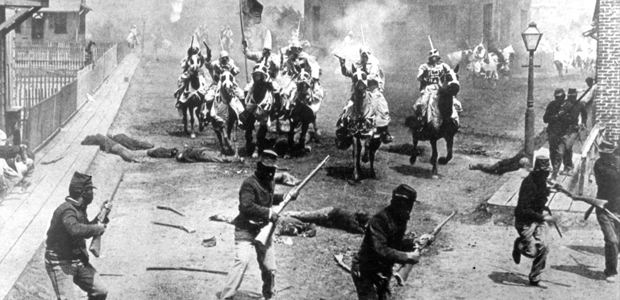Allow me to state the least-controversial opinion ever posted on this site: D.W. Griffith‘s The Birth of a Nation, for all its follies and horrors, remains immune from total impeachment. Certain things can’t (and shouldn’t) be ignored. Revolutionary formal expressions notwithstanding, it’s hardly anyone’s pick for the greatest film ever made — as Ignatiy Vishnevetsky, writing at The A.V. Club, contends, “Any Griffith fan worth their salt will tell you that Intolerance […] is a much better movie in every respect, […] along with any number of shorts he made at Biograph” — and whatever horrid racial depictions it propagates (along with effects it had in sparking a new strand of the KKK) are inexcusable. What’s amazing, then, is that cinema’s commercial and aesthetic history is forever tied to these blemishes. To quote Godfrey Cheshire‘s extensive essay recently posted at Vulture, “In a real sense, Hollywood itself was constructed on the foundations laid down by Birth, which is sometimes still reckoned the most commercially successful movie ever released.”
We can now add another distinction to both Birth and, since these two can hardly be separated, the cinematic canon as a whole: it was 100 years ago today when Griffith’s picture was first unveiled, premiering to audiences at Los Angeles’ Clunes Auditorium on February 8, 1915. If that little factoid doesn’t create much of any urge to devote 192 minutes toward a film in which, among many other things, the Klan are noble heroes rescuing distressed damsels from the clutches of savage black men, fine. But further than the many significances we often associate with centennials, understand that, in 2015, you have an advantage — a historical (and, God willing, moral) awareness of where it stumbles mightily. Seen in conjunction with Griffith’s triumphs, Birth has declined little in its reputation as a blistering experience.
Watch the full film below:
Have you seen The Birth of a Nation? How do you assess its historical and aesthetic value a century on?

